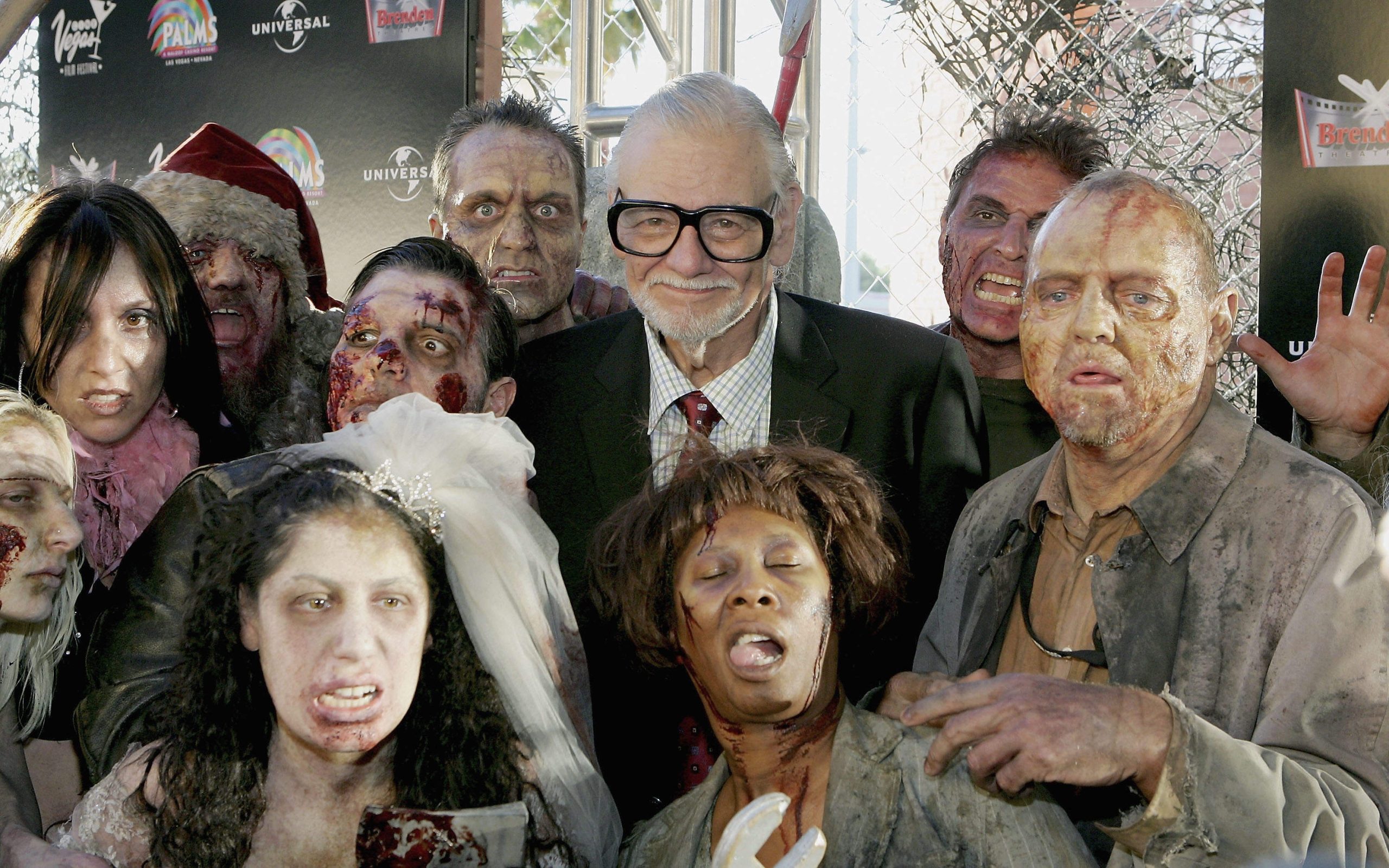
Few artists of any kind can be said to have created a genre. Filmmaker George Romero, who has died aged 77, was one such artist. Romero’s Night of the Living Dead (1968) is universally acknowledged as the first modern zombie film, although the term is not used in the film itself. Romero’s Zombies, living dead humans, motivated by a need for human flesh, are a science fiction concept, distinct from both the creatures of Haitian folklore from whom they took their name, and the magically resurrected henchmen who had featured in earlier horror films.
Romero’s picture, which has spawned two remakes and five sequels, as well as countless imitations in numerous media, established the idea of a “zombie apocalypse”. An event after which hordes of the creatures mindlessly hunting the few survivors of the cataclysm that had created them. It also introduced the conceit that said hordes had to represent something. That they would be a grand metaphor of some kind. In, for example, Dawn of the Dead (1978) the action takes place in a deserted shopping mall, and the resemblance between the stumbling zombies and the shoppers who once filled the place forms part of Romero’s critique of consumer capitalism or, if you prefer, of mindless consumption.



